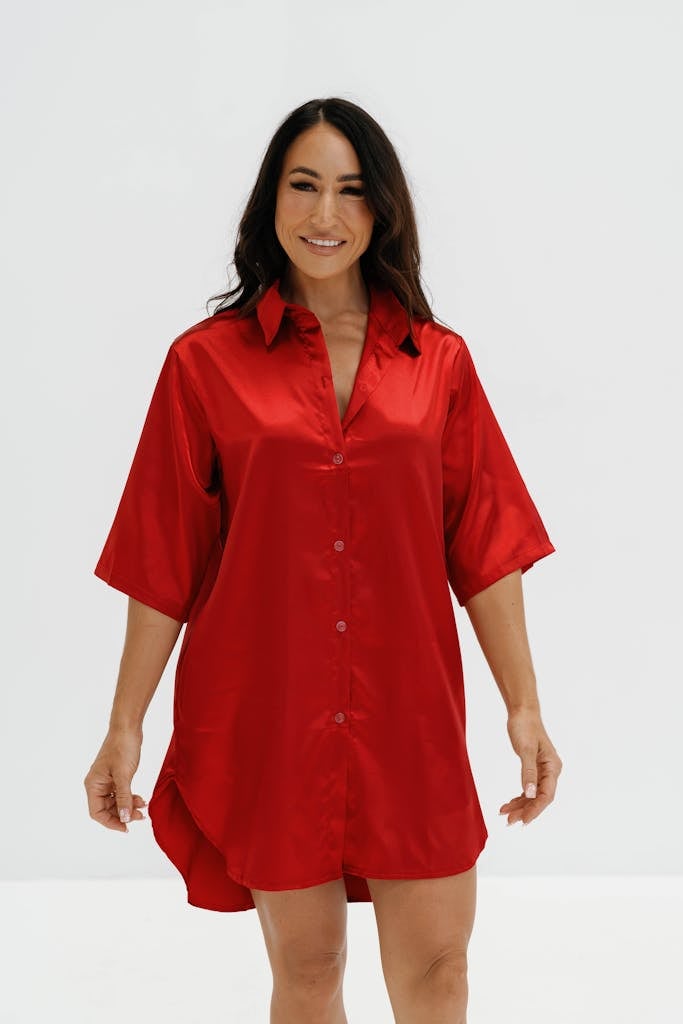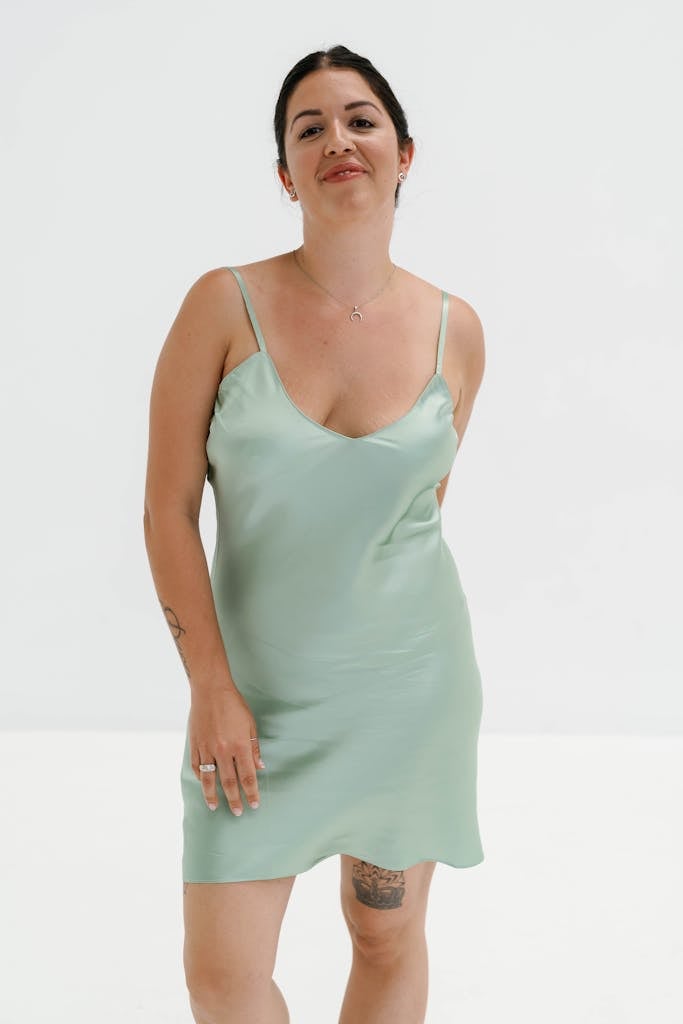Natural vs Synthetic Fabrics: What to Choose for Summer?
When summer arrives and temperatures rise, choosing the right clothing becomes more than just a matter of style—it’s about comfort, breathability, and…
When summer arrives and temperatures rise, choosing the right clothing becomes more than just a matter of style—it’s about comfort, breathability, and how your body feels throughout the day. One of the most important decisions is the type of fabric you wear. Should you go for natural fabrics like cotton or linen, or are modern synthetic materials a better choice? This guide will help you understand the differences and make an informed decision when selecting summer clothing fabrics.

What Are Natural Fabrics?
Natural fabrics are made from fibers that come from plants or animals. The most common examples used in summer fashion are cotton, linen, and bamboo.
- Cotton is a soft, breathable fabric known for its comfort and versatility. It absorbs moisture well, making it ideal for hot and humid days.
- Linen, made from flax plants, is another summer favorite. It’s lightweight, highly breathable, and has a distinct texture that gives a relaxed yet elegant look.
- Bamboo fabric is a newer addition to the natural category. It’s soft to the touch, breathable, and has antibacterial properties.
These fabrics allow the skin to breathe, wick away moisture, and help regulate body temperature during summer heat.
What Are Synthetic Fabrics?
Synthetic fabrics are man-made using chemical processes. Common types include polyester, nylon, acrylic, and rayon (also called viscose). These materials are often designed to mimic the feel or appearance of natural fibers but come with different properties.
- Polyester is durable and quick-drying but often lacks breathability unless blended with natural fibers.
- Nylon is smooth and strong, often used in activewear for its elasticity and water resistance.
- Rayon (or viscose) is semi-synthetic, made from natural cellulose but processed chemically. It can feel similar to silk or cotton.
While synthetic fabrics are often wrinkle-resistant and budget-friendly, their breathability and moisture-wicking capabilities can vary greatly.
Natural vs Synthetic Fabrics: Key Differences for Summer
| Feature | Natural Fabrics | Synthetic Fabrics |
|---|---|---|
| Breathability | High | Low to moderate |
| Moisture absorption | Excellent | Poor (some exceptions) |
| Softness | Naturally soft | Varies (often smooth, not soft) |
| Eco-friendliness | Biodegradable, renewable | Not biodegradable, petroleum-based |
| Durability | Moderate | High |
| Wrinkle resistance | Low | High |
For summer clothing, natural fabrics often provide better ventilation and comfort. However, synthetic materials may offer benefits like durability and shape retention, especially when blended with cotton or linen.
When to Choose Natural Fabrics
If your priority is staying cool and comfortable in hot weather, natural fabrics for summer are the best option. Their ability to absorb moisture and promote airflow keeps you feeling fresh longer. Cotton T-shirts, linen dresses, and bamboo sleepwear are excellent choices for everyday wear, vacations, or even working from home in the summer months.
Additionally, for people with sensitive skin, natural fibers are usually more gentle and less likely to cause irritation. Their softness and breathability make them perfect for clothing that’s worn directly against the skin.
When Synthetic Fabrics Make Sense
Synthetic fabrics can be useful in specific situations, especially when performance matters. If you’re exercising or need clothing that dries quickly, synthetic activewear might be the right fit. Many athletic brands offer moisture-wicking blends of polyester and spandex that keep you dry during workouts.
Synthetic options are also great for travel since they tend to wrinkle less and are often lighter to pack. Just keep in mind that not all synthetic clothing is suitable for very hot and humid conditions, especially if it traps heat and sweat.
Fabric Blends: The Best of Both Worlds?
Blended fabrics combine natural and synthetic fibers to balance comfort and functionality. For example, a cotton-polyester blend T-shirt may feel soft while being more durable and less prone to shrinking. Linen-viscose blends can look refined and flowy without wrinkling as easily as 100% linen.
When shopping for lightweight summer outfits, look for garments that contain a mix of fibers, such as 60% cotton and 40% polyester. These blends often retain the breathability of natural fibers while benefiting from the easy care and longevity of synthetic ones.
Sustainability Considerations
More consumers today are asking how their clothing choices impact the environment. Natural fabrics like organic cotton and linen are biodegradable and renewable, making them more eco-friendly. However, large-scale cotton farming can be water-intensive, so choosing certified organic textiles can make a difference.
Synthetic fabrics are derived from fossil fuels and do not break down easily. They also contribute to microplastic pollution when washed. Some newer innovations, like recycled polyester made from plastic bottles, aim to reduce environmental harm but still have limitations.
If sustainability is important to you, pay attention to fabric labels, certifications (like GOTS or OEKO-TEX), and choose ethical summer fashion that aligns with your values.
Final Thoughts: What’s Best for Summer?
Choosing the best fabrics for hot weather depends on your lifestyle, preferences, and values. In most everyday situations, natural fabrics like cotton and linen are ideal for staying cool, comfortable, and stylish during summer. They breathe better, absorb sweat, and are generally more gentle on the skin.
However, synthetic materials can offer added benefits in specific cases, such as sports or travel, especially when blended thoughtfully with natural fibers. Fabric blends can provide a great balance between comfort and practicality.
Tips for Choosing Summer Clothing:
- Prioritize breathability and moisture-wicking fabrics.
- Choose light colors that reflect sunlight rather than absorb it.
- Look for loose-fitting designs that promote airflow.
- Read care labels to understand how your garments will perform and how to wash them properly.
When shopping for summer outfits, being mindful of fabric composition helps you stay comfortable while making choices that support both personal well-being and the planet.




